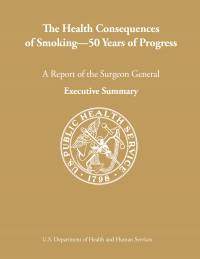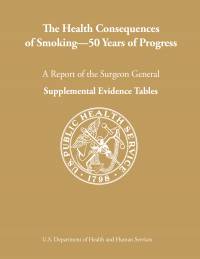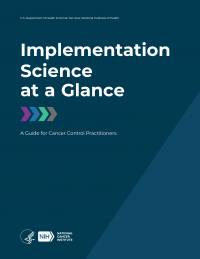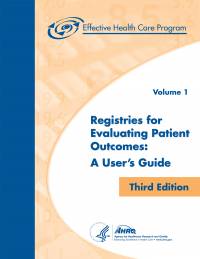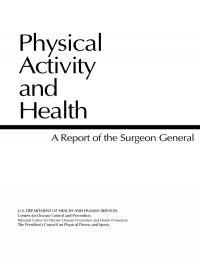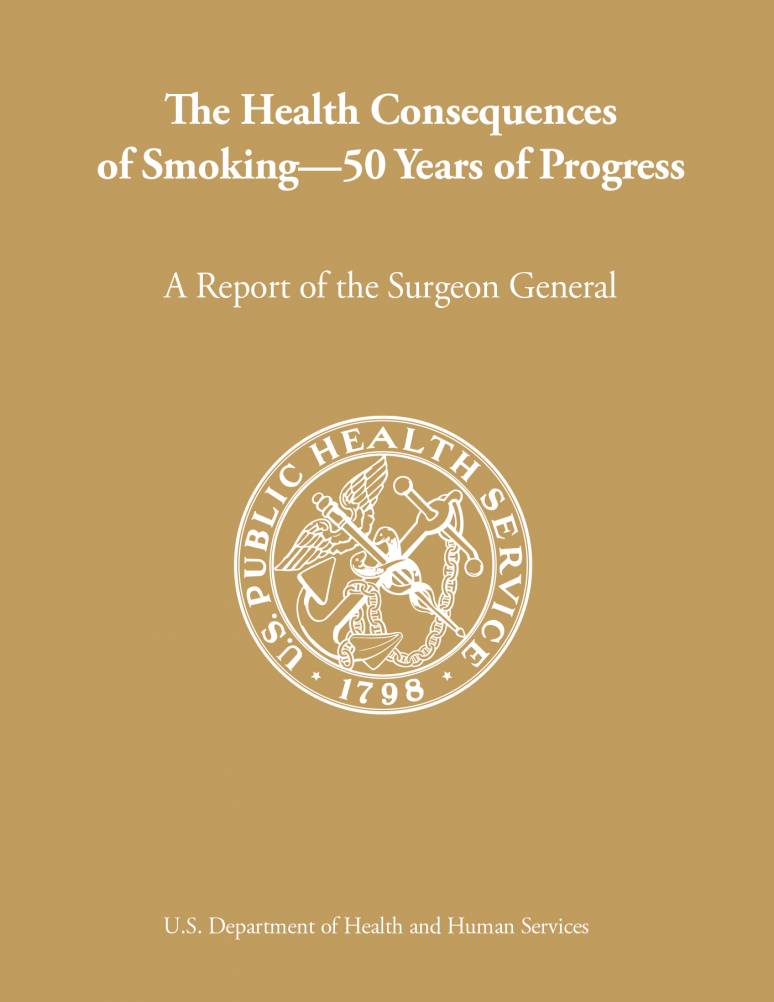
This comprehensive report chronicles the devastating consequences of 50 years of tobacco use in the United States. It updates data on the numerous health effects resulting from smoking and exposure to secondhand smoke and details public health trends, both favorable and unfavorable, in tobacco use. This report also marks the steady progress achieved in reducing the prevalence of smoking and validates tobacco control strategies that have consistently proven to be effective. It also examines strategies with the potential to eradicate the death and disease caused by the tobacco epidemic. Finally, the report documents that effective interventions are available and calls for their full implementation.
The release of this report has been coordinated with the 50th Anniversary of the first Surgeon General’s report on smoking and health.
About the Agency:
As the Nation’s Doctor, the Surgeon General provides Americans with the best scientific information available on how to improve their health and reduce the risk of illness and injury. Some of the Surgeon General’s most important tools are comprehensive scientific reports on specific health issues, such as this report on smoking and health.
Table of Contents:
Chapter 1. Introduction, Summary, and Conclusions
Introduction
Organization of the Report
Development of the Report
Scientific Basis of the Report
Major Conclusions from the Report
Chapter Conclusions
References
Chapter 2. Fifty Years of Change—1964–2014
Introduction
Tobacco Control: Before the 1964 Report
Scientific Judgment and the 1964 Report
Remedial Action and Change Following the 1964 Report
Passive Smoking and Environmental Change
Nicotine and Addiction
Denormalization and the Tobacco Industry
Summary
References
Chapter 3. Producing the Surgeon General’s Report From 1964–2014: Process and Purpose
Introduction
Development of a Scientific Consensus
Development of the Criteria for Causation Used in the 1964 Report
Methods for Reviewing the Evidence and Developing Conclusions
Process of Ensuring Consensus and Strength of the Peer Review
Separation of Scientific Conclusions and the Formation of Policy
References
Chapter 4. Advances in Knowledge of the Health Consequences of Smoking: From 1964–2014
Introduction
Evolution of Conclusions on Cigarette Smoking amd Exposure to Secondhand Smoke as a Cause of Disease
Summary
References
Chapter 5. Nicotine
Introduction
Toxicokinetics and Acute Toxicity of Nicotine
Pathophysiology of Nicotine Addiction
Health Consequences of Nicotine Exposure
Evidence Summary
Conclusions
Implications
References
Chapter 6. Cancer
Introduction
Mechanisms of Cancer Induction by Tobacco Smoke
Changing Cigarettes and Risk for Lung Cancer Over Time
Liver Cancer
Colorectal Cancer
Prostate Cancer
Breast Cancer
Adverse Health Outcomes in Cancer Patients and Survivors
Evidence Summary
Chapter Conclusions
References
Chapter 7. Respiratory Diseases
Introduction
Chronic Obstructive Pulmonary Disease
Asthma
Tuberculosis
Idiopathic Pulmonary Fibrosis
Impact of Smoke-free Policies on Respiratory Outcomes
Evidence Summary
Implications
Chapter Conclusions
References
Chapter 8. Cardiovascular Diseases
Introduction
Tobacco Use and Cardiovascular Diseases: Evolution of the Evidence
Mechanisms by Which Smoking Causes Cardiovascular Diseases
Updated Summaries of the Evidence: Active Smoking
Updated Evidence Reviews
Impact of Smokefree Laws on Acute Cardiovascular Events
Evidence Summary
Chapter Conclusions
Implications
References
Chapter 9. Reproductive Outcomes
Introduction
Surveillance
Cessation
Advances in the Understanding of Tobacco and Reproductive Health
Updated Evidence Reviews
Chapter Conclusions
References
Chapter 10. Other Specific Outcomes
Introduction
Eye Disease: Age-Related Macular Degeneration
Dental Disease
Diabetes
Immune Function and Autoimmune Disease
Rheumatoid Arthritis and Systemic Lupus Erythematosus
Inflammatory Bowel Disease
Chapter Conclusions
References
Chapter 11. General Morbidity and All-Cause Mortality
Introduction
Smoking and General Morbidity and Economic Costs
All-Cause Mortality
Summary
Chapter Conclusions
Implications
References
Chapter 12. Smoking-Attributable Morbidity, Mortality, and Economic Costs
Introduction
Methodology Used by CDC to Compute Smoking-Attributable Mortality in the United States
Methodological Issues in SAM Calculation
2013 Update to SAMMEC Methodology
Smoking-Attributable Mortality in Adults and Infants, United States, 2005–2009
Projected Smoking-Related Deaths Among Youth, United States, 2012
Smoking-Attributable Morbidity Estimates
Total Smoking-Attributable Mortality, 1965–2014
Summary
Conclusions
Implications
References
Chapter 12 Appendices
Appendix 12.1
Appendix 12.2
References
Chapter 13. Patterns of Tobacco Use Among U.S. Youth, Young Adults, and Adults
Introduction
Historical Trends in Tobacco Use
Cigarette Smoking
Other Tobacco Products
Conclusions
Summary and Implications
Appendix 13.1: Sources of Data
Appendix 13.2: Measures of Tobacco Use
References
Chapter 14. Current Status of Tobacco Control
Introduction
The Changing Public Image of Tobacco
Changes in the Tobacco Industry, Products, and Product Regulations
Tobacco Control Policies
Clinical and Educational Approaches for Tobacco Cessation
International Tobacco Control
Summary
Conclusions
References
Chapter 15. The Changing Landscape of Tobacco Control—Current Status and Future Directions
Introduction
The Tobacco Control Landscape: Over a Hundred Years and Counting
Potential End Game Strategies
Chapter Summary
Conclusions
Implications for Ending the Tobacco Epidemic
References
Chapter 16. A Vision for Ending the Epidemic: Toward a Society Free of Tobacco-caused Death and Disease
A Vision for Ending the Tobacco Epidemic
Accelerating the National Movement to Reduce Tobacco Use
References
List of Abbreviations
List of Tables and Figures
List of Gene Tables
Index
Physicians, medical researchers, and smokers would all find the medical studies evaluating the dangerous effects of cigarettes useful. In addition, community groups, youth groups, and other groups interested in preventing smoking in youth and adults (and/or helping youth and adults quit smoking) would find these facts very useful.
Adults, African Americans, Alaska Natives & Native Americans, Asian Americans & Pacific Islanders, College Age, Elderly, Hispanics & Latin Americans may find the information contained in this document helpful to their health management.
Product Details
- US Department of Health and Human Services, Centers for Disease Control and Prevention


